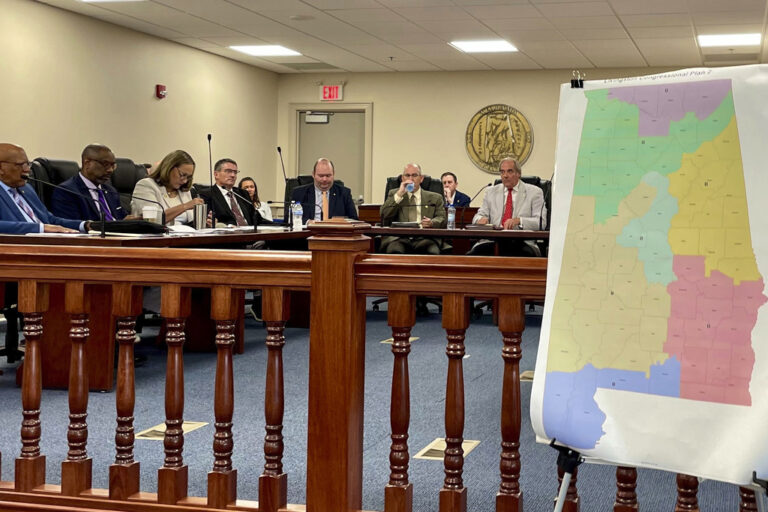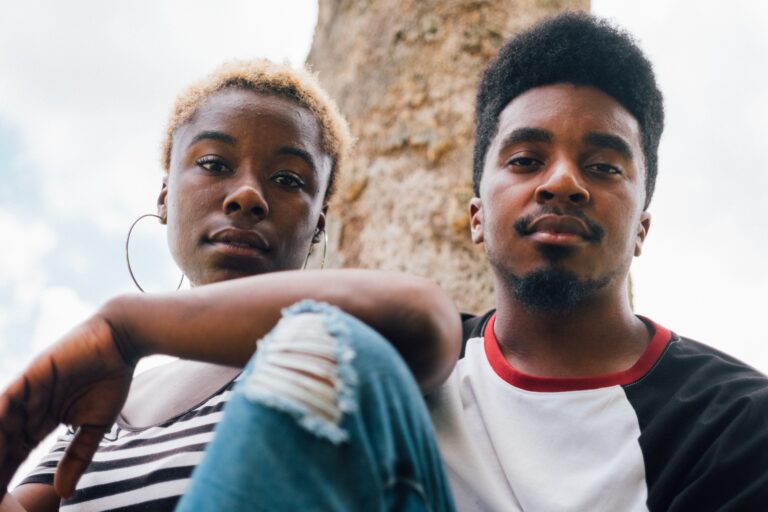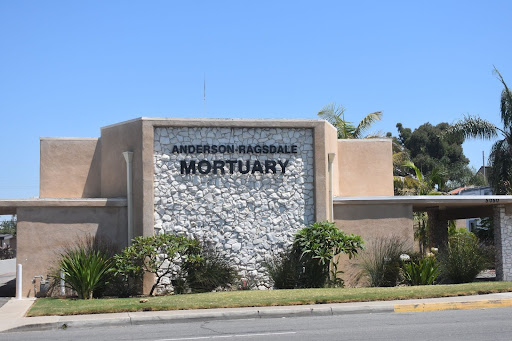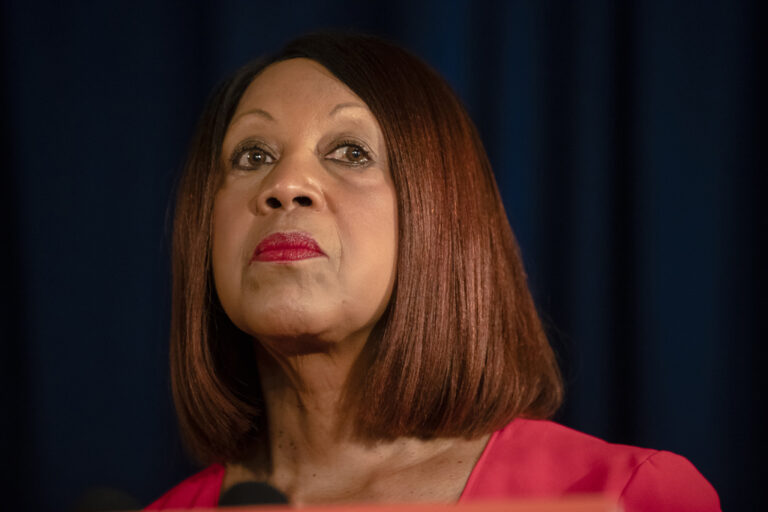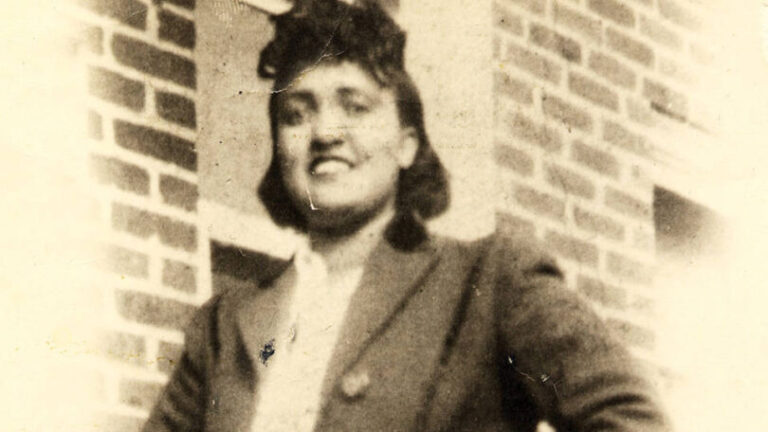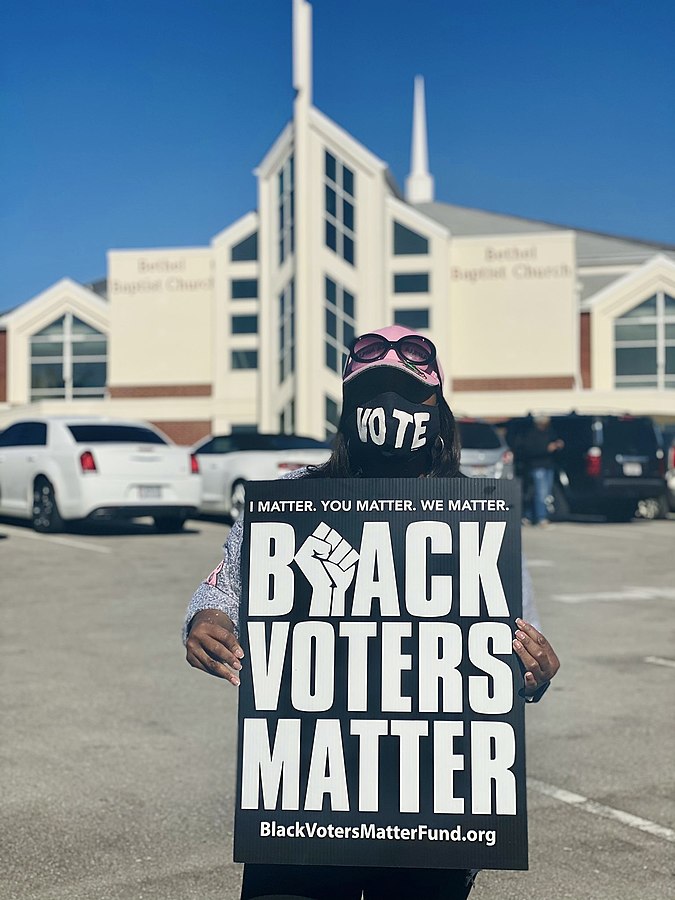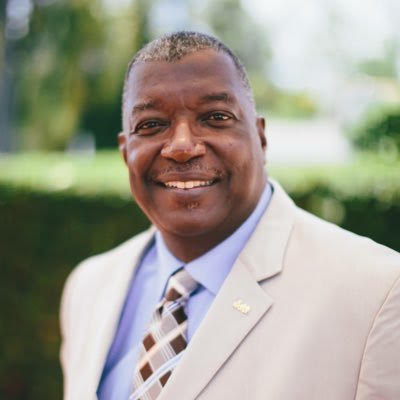By KIM CHANDLER, Associated Press
MONTGOMERY, Ala. (AP) __ Voting rights activists are returning to court to fight
Alabama`s redrawn congressional districts, saying state Republicans failed to
follow federal court orders to create a district that is fair to Black voters.
Plaintiffs in the high-profile redistricting case filed a written objection
Friday to oppose Alabama`s new redistricting plan. They accused state
Republicans of flouting a judicial mandate to create a second majority-Black
district or “something quite close to it“ and enacting a map that continues to
discriminate against Black voters in the state.
A special three-judge panel in 2022 blocked use of the the state`s existing
districts and said any new congressional map should include two districts where
“Black voters either comprise a voting-age majority” or something close. That
panel’s decision was appealed by the state but upheld in June in a surprise
ruling by the U.S. Supreme Court, which concurred that having only one Black-
majority district out of seven __ in a state where more than one in four
residents is Black __ likely violated federal law.
The plaintiffs in the case, represented by the NAACP Legal Defense & Educational
Fund and other groups, asked the three-judge panel to step in and draw new lines
for the state.
“Alabama’s new congressional map ignores this court’s preliminary injunction
order and instead perpetuates the Voting Rights Act violation that was the very
reason that the Legislature redrew the map,” lawyers representing the plaintiffs
in the case wrote.
The new map enacted by the Republican-controlled Alabama Legislature maintained
one-majority Black district but boosted the percentage of Black voters in the
majority-white 2nd Congressional District, now represented by Republican Rep.
Barry Moore, from about 30% to 39.9%
Lawyers representing plaintiffs in the case wrote Friday that the revamped
district “does not provide Black voters a realistic opportunity to elect their
preferred candidates in any but the most extreme situations.” They accused state
Republicans of ignoring the courts` directive to prioritize a district that
would stay under GOP control “pleasing national leaders whose objective is to
maintain the Republican Party’s slim majority in the U.S. House of
Representatives.”
Alabama has maintained the new plan complies with the Voting Rights Act, and
state leaders are wagering that the panel will accept their proposal or that the
state will prevail in a second round of appeals to the Supreme Court.
Republicans argued that the map meets the court’s directive and draws compact
districts that comply with redistricting guidelines.
The state must file its defense of the map by Aug. 4. The three judges have
scheduled an Aug. 14 hearing in the case as the fight over the map shifts back
to federal court.
The outcome could have consequences across the country as the case again weighs
the requirements of the Voting Rights Act in redistricting. It could also impact
the partisan leanings of one Alabama congressional district in the 2024
elections with control of the U.S House of Representatives at stake.
Former U.S. Attorney General Eric Holder, chairman of the National Democratic
Redistricting Committee, said in a statement that Alabama`s new map is a “brazen
defiance” of the courts.
“The result is a shameful display that would have made George Wallace__another
Alabama governor who defied the courts__proud,” Holder said in a statement.

